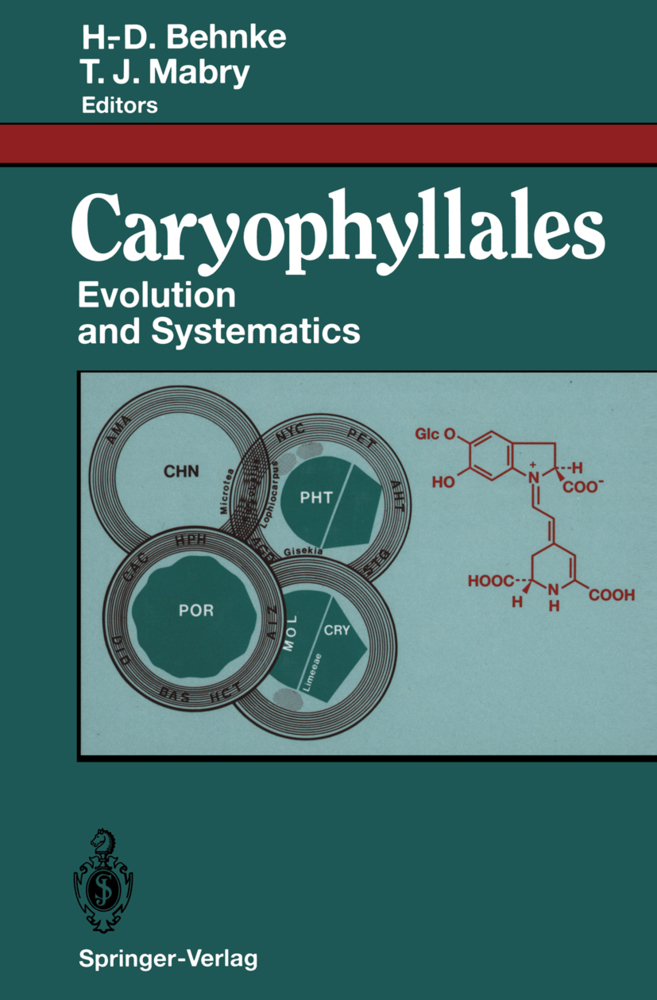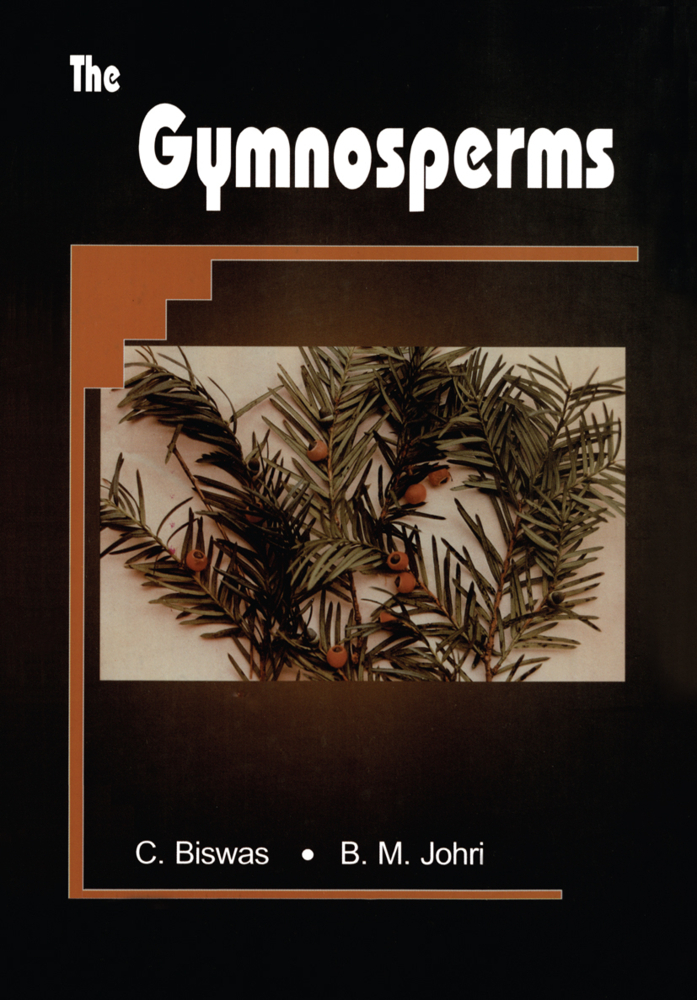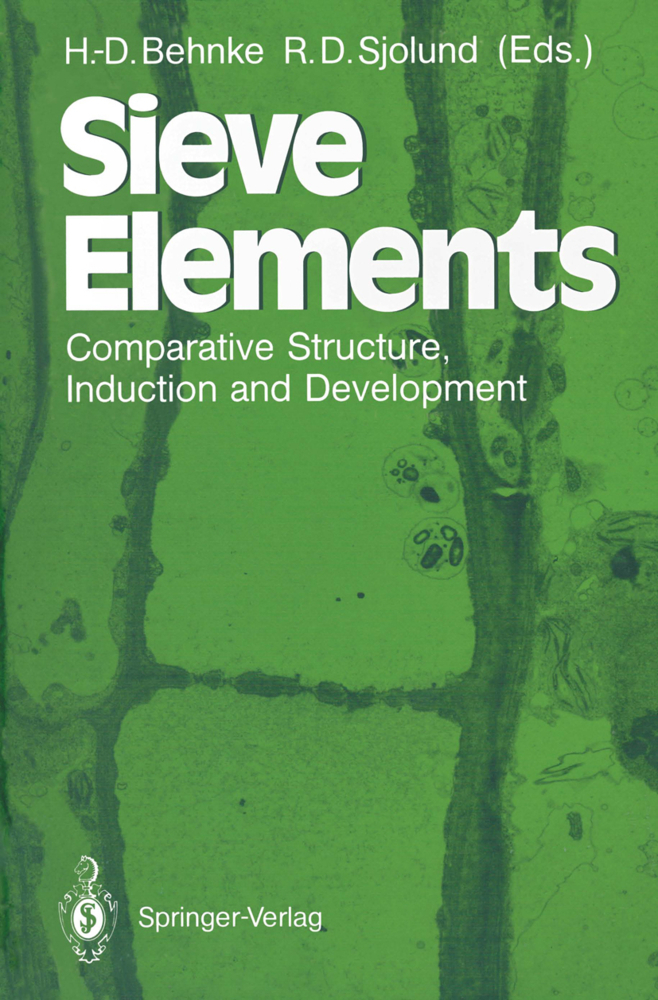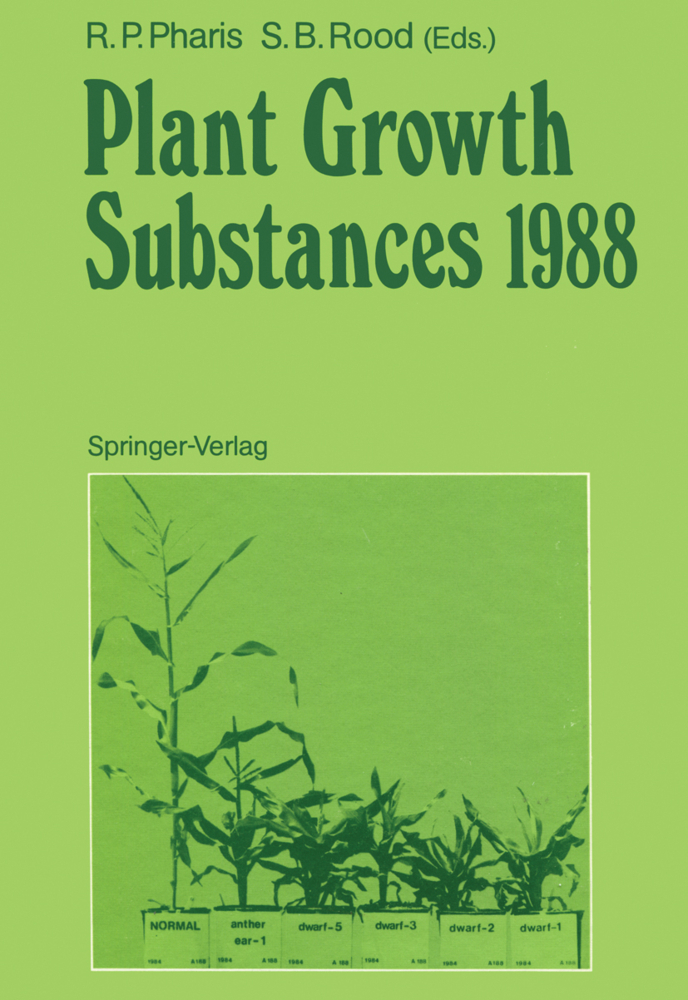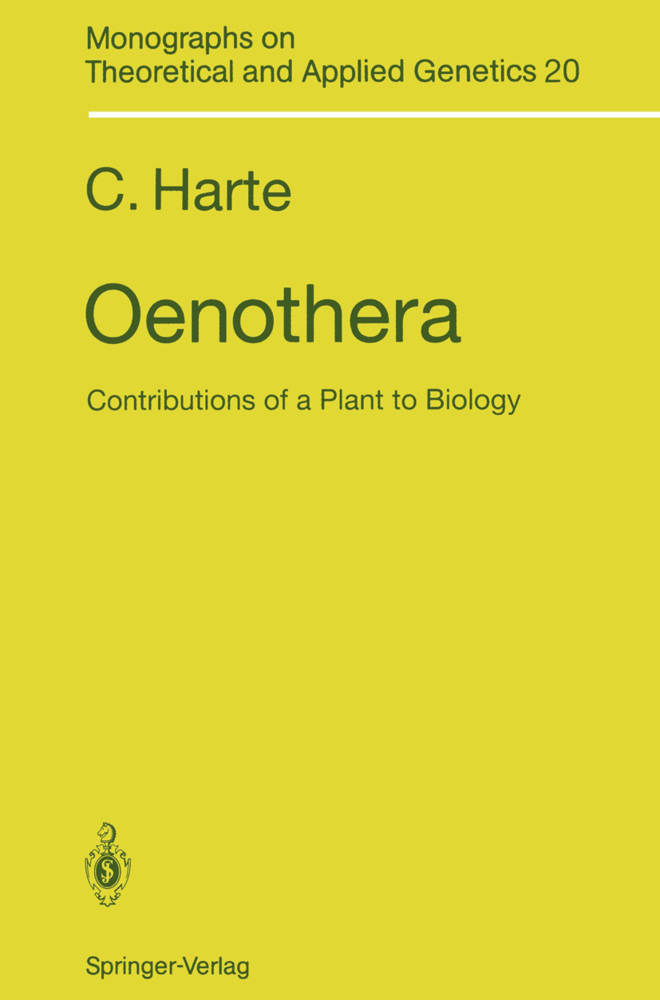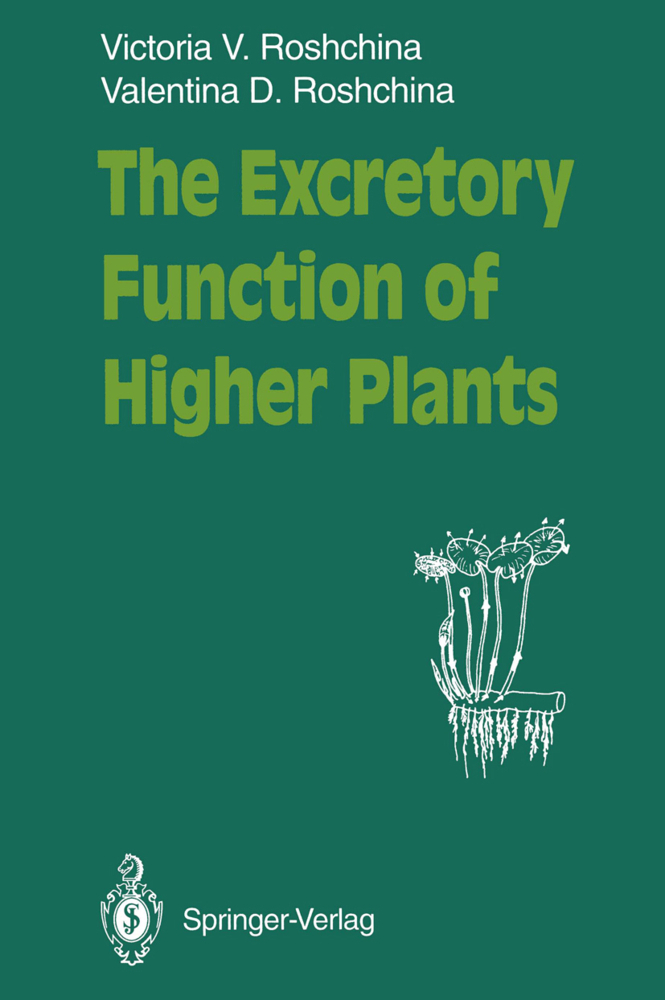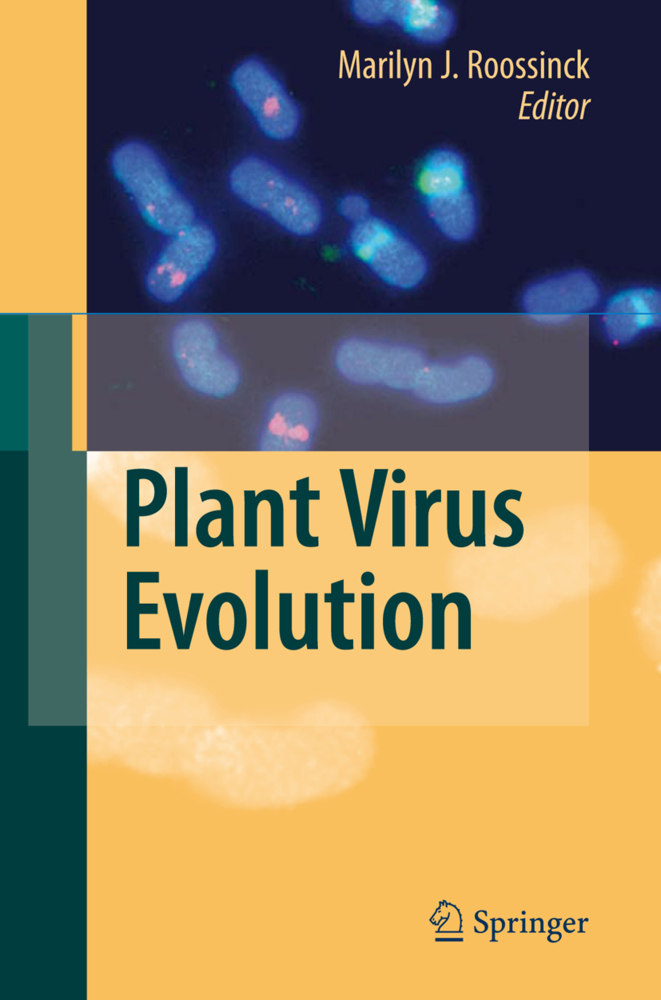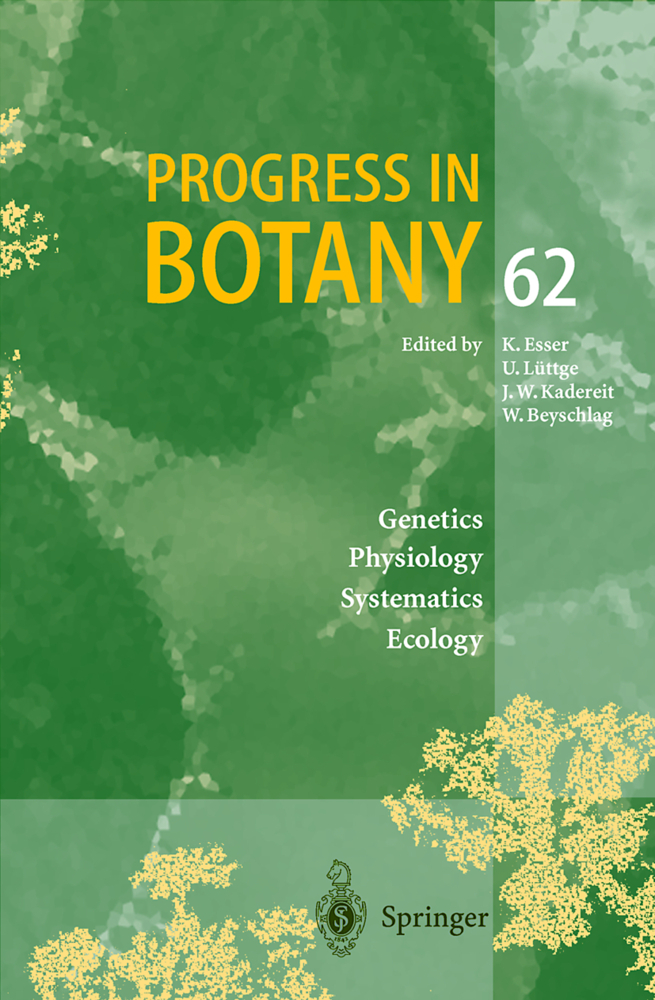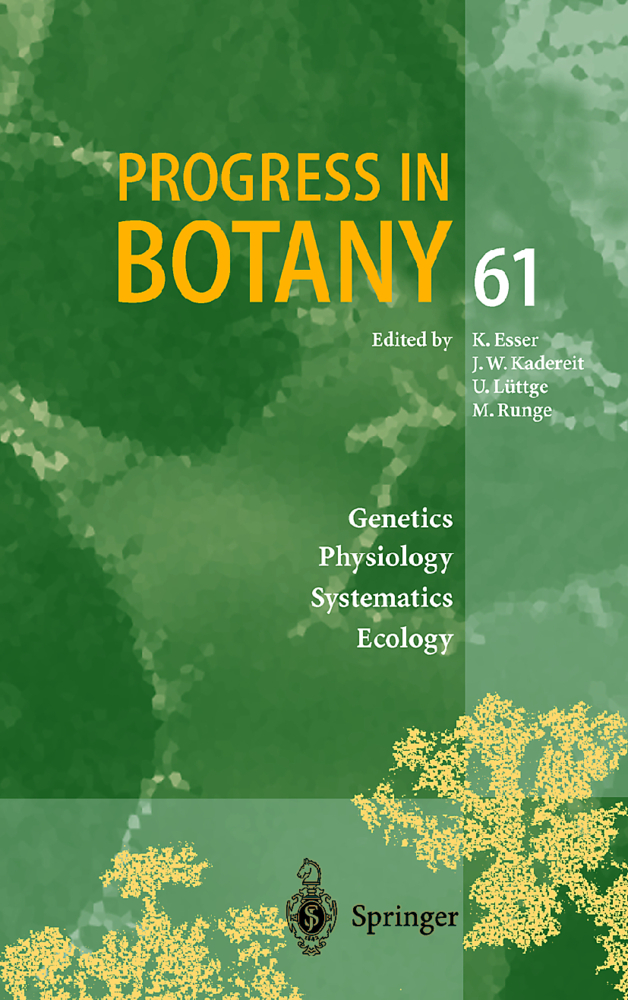Caryophyllales
Evolution and Systematics
Caryophyllales
Evolution and Systematics
The Caryophyllales are one of the few higher taxa of theflowering plants ofwhich the size and delimitation againstother taxa is undisputed. However, their derivation fromother taxa and the evolution of families within this orderin unsettled."Systematics and Evolution of the Caryophyllales" reviewsthe important characters of this taxon emphasizing theircontribution and influence towards a new proposal for boththe putative origin of the order and the classification ofits families. New results in molecular genetics,phytochemistry, ultrastructure, and morphology are providedand discussed in relation to both the classical andmolecular systematics of the order. In addition, characterslike betalains and sieve-element plastids, which have playeda major role in shaping the size of the order, and otherslike DNA-data or flower morphologythat can be useful todiscuss the position of the Caryophyllales within higherplants are critically evaluated.
1.1 Introduction
1.2 Early History
1.3 Refinement of the Definition from Alexander Braun (1864) to the Present
1.4 Use of Characters Other Than Classical Morphology in Defining the Order
1.5 Inclusion or Exclusion of some Particular Families
1.6 Recent Developments
References
2 Chromosome Numbers and Their Phyletic Interpretation
2.1 Introduction
2.2 Chromosome Numbers of Caryophyllales
2.3 Discussion and Conclusions
References
3 Vascular Tissues
3.1 Introduction
3.2 Materials and Methods
3.3 Primary Vascular Systems
3.4 Secondary Thickening
3.5 Extraxylary Sclerenchyma of Stems
3.6 Phylogenetic Analysis
References
4 Epicutieular Wax Ultrastructure and Systematics
4.1 Introduction
4.2 Wax Ultrastructure of Caryophyllales
4.3 Relations Within the Order
4.4 Wax Ultrastructure and Position of the Order
References
5 Sieve-Element Plastids: Their Significance for the Evolution and Systematics of the Order
5.1 Introduction
5.2 The Sieve-Element Plastid Characters
5.3 The Distinctive Characters of Sieve-Element Plastids in the Caryophyllales
5.4 The Distribution of Forms and Sizes of Sieve-Element Plastids in the Higher Taxa of the Caryophyllales
5.5 The Sieve-Element Plastids of the Families Sometimes Included in or Most Often Allied to the Caryophyllales
5.6 The Putative Evolution of the Sieve-Element Plastids in the Caryophyllales
5.7 Relationships of the Order Caryophyllales
5.8 Addendum: On Phytoferritin in Plastids of Phloem Cells
References
6 Flower Morphology and Ontogeny
6.1 Introduction
6.2 Results
6.3 Conclusions
References
7 Pollen Morphology and Exine Ultrastructure
7.1 Introduction
7.2 Materials and Methods
7.3 Results
7.4 Discussion
7.5 Summary
References
8 Phylogenetic Relationships Using Restriction Site Variation of the Chloroplast DNA Inverted Repeat
8.1 Introduction
8.2 Materials and Methods
8.3 Results and Discussion
8.4 Conclusions
References
9 Gene Sequence Data
9.1 Introduction
9.2 Materials and Methods
9.3 Results and Discussion
9.4 Conclusions
References
10 Chemical Review and Evolutionary Significance of the Betalains
10.1 Introduction
10.2 Biogenesis of Betalains
10.3 Evolutionary Significance of Betalains
10.4 Value of Chemotaxonomic Data in Studies of the Caryophyllales
10.5 Current and Future Studies
References
11 Recent Advances in Betalain Analysis
11.1 Introduction
11.2 General Procedures
11.3 High Performance Liquid Chromatography
11.4 Nuclear Magnetic Resonance Spectroscopy
11.5 Mass Spectrometry
References
12 Cladistic and Phenetic Studies
12.1 Summary
12.2 Introduction
12.3 Materials: Taxa
12.4 Materials: Characters
12.5 Methods
12.6 Results and Discussion
12.7 Conclusion
Appendix A Characters, States, and Codings, with Notes on Literature Sources, Homology, Sampling, and Variability
Appendix B Matrix of Coding Assignments
References
13 Putative Origin and Relationships of the Order from the Viewpoint of Developmental Flower Morphology
13.1 Introduction
13.2 The Fascicled Centrifugal Androecium as a Basis of Argumentation Concerning the Origin of the Caryophyllales
13.3 The Gynoecium as a Basis of Argumentation Concerning the Relationships of the Caryophyllales
13.4 Conclusion
References
14 A Note on the Relationships of the Order Within the Angiosperms
References
15 Lyallia kerguelensis Hook. f. and Its Artificial Propagation
15.1 Introduction
15.2 Taxonomic Description
15.3 Geographical Distribution and Ecology
15.4 Material Examined
15.5 Artificial Propagation
References
Genera Index.
Dedication to Arthur Cronquist
1 Nomenclatural and Taxonomic History1.1 Introduction
1.2 Early History
1.3 Refinement of the Definition from Alexander Braun (1864) to the Present
1.4 Use of Characters Other Than Classical Morphology in Defining the Order
1.5 Inclusion or Exclusion of some Particular Families
1.6 Recent Developments
References
2 Chromosome Numbers and Their Phyletic Interpretation
2.1 Introduction
2.2 Chromosome Numbers of Caryophyllales
2.3 Discussion and Conclusions
References
3 Vascular Tissues
3.1 Introduction
3.2 Materials and Methods
3.3 Primary Vascular Systems
3.4 Secondary Thickening
3.5 Extraxylary Sclerenchyma of Stems
3.6 Phylogenetic Analysis
References
4 Epicutieular Wax Ultrastructure and Systematics
4.1 Introduction
4.2 Wax Ultrastructure of Caryophyllales
4.3 Relations Within the Order
4.4 Wax Ultrastructure and Position of the Order
References
5 Sieve-Element Plastids: Their Significance for the Evolution and Systematics of the Order
5.1 Introduction
5.2 The Sieve-Element Plastid Characters
5.3 The Distinctive Characters of Sieve-Element Plastids in the Caryophyllales
5.4 The Distribution of Forms and Sizes of Sieve-Element Plastids in the Higher Taxa of the Caryophyllales
5.5 The Sieve-Element Plastids of the Families Sometimes Included in or Most Often Allied to the Caryophyllales
5.6 The Putative Evolution of the Sieve-Element Plastids in the Caryophyllales
5.7 Relationships of the Order Caryophyllales
5.8 Addendum: On Phytoferritin in Plastids of Phloem Cells
References
6 Flower Morphology and Ontogeny
6.1 Introduction
6.2 Results
6.3 Conclusions
References
7 Pollen Morphology and Exine Ultrastructure
7.1 Introduction
7.2 Materials and Methods
7.3 Results
7.4 Discussion
7.5 Summary
References
8 Phylogenetic Relationships Using Restriction Site Variation of the Chloroplast DNA Inverted Repeat
8.1 Introduction
8.2 Materials and Methods
8.3 Results and Discussion
8.4 Conclusions
References
9 Gene Sequence Data
9.1 Introduction
9.2 Materials and Methods
9.3 Results and Discussion
9.4 Conclusions
References
10 Chemical Review and Evolutionary Significance of the Betalains
10.1 Introduction
10.2 Biogenesis of Betalains
10.3 Evolutionary Significance of Betalains
10.4 Value of Chemotaxonomic Data in Studies of the Caryophyllales
10.5 Current and Future Studies
References
11 Recent Advances in Betalain Analysis
11.1 Introduction
11.2 General Procedures
11.3 High Performance Liquid Chromatography
11.4 Nuclear Magnetic Resonance Spectroscopy
11.5 Mass Spectrometry
References
12 Cladistic and Phenetic Studies
12.1 Summary
12.2 Introduction
12.3 Materials: Taxa
12.4 Materials: Characters
12.5 Methods
12.6 Results and Discussion
12.7 Conclusion
Appendix A Characters, States, and Codings, with Notes on Literature Sources, Homology, Sampling, and Variability
Appendix B Matrix of Coding Assignments
References
13 Putative Origin and Relationships of the Order from the Viewpoint of Developmental Flower Morphology
13.1 Introduction
13.2 The Fascicled Centrifugal Androecium as a Basis of Argumentation Concerning the Origin of the Caryophyllales
13.3 The Gynoecium as a Basis of Argumentation Concerning the Relationships of the Caryophyllales
13.4 Conclusion
References
14 A Note on the Relationships of the Order Within the Angiosperms
References
15 Lyallia kerguelensis Hook. f. and Its Artificial Propagation
15.1 Introduction
15.2 Taxonomic Description
15.3 Geographical Distribution and Ecology
15.4 Material Examined
15.5 Artificial Propagation
References
Genera Index.
| ISBN | 978-3-642-78222-0 |
|---|---|
| Artikelnummer | 9783642782220 |
| Medientyp | Buch |
| Auflage | Softcover reprint of the original 1st ed. 1994 |
| Copyrightjahr | 2012 |
| Verlag | Springer, Berlin |
| Umfang | XIV, 334 Seiten |
| Abbildungen | XIV, 334 p. |
| Sprache | Englisch |

